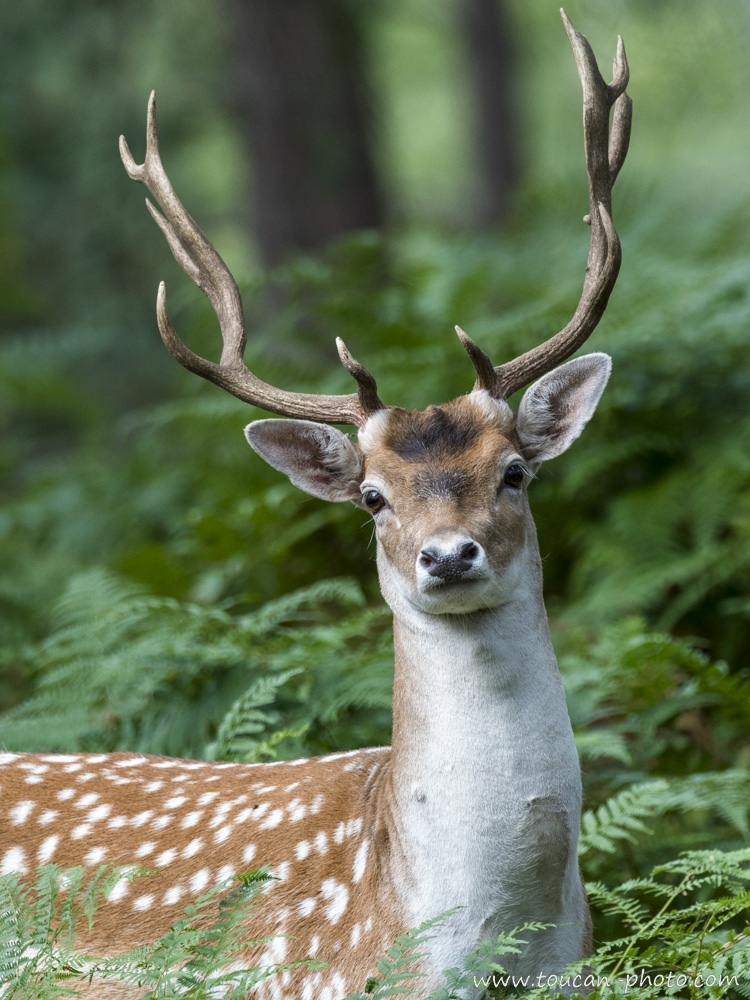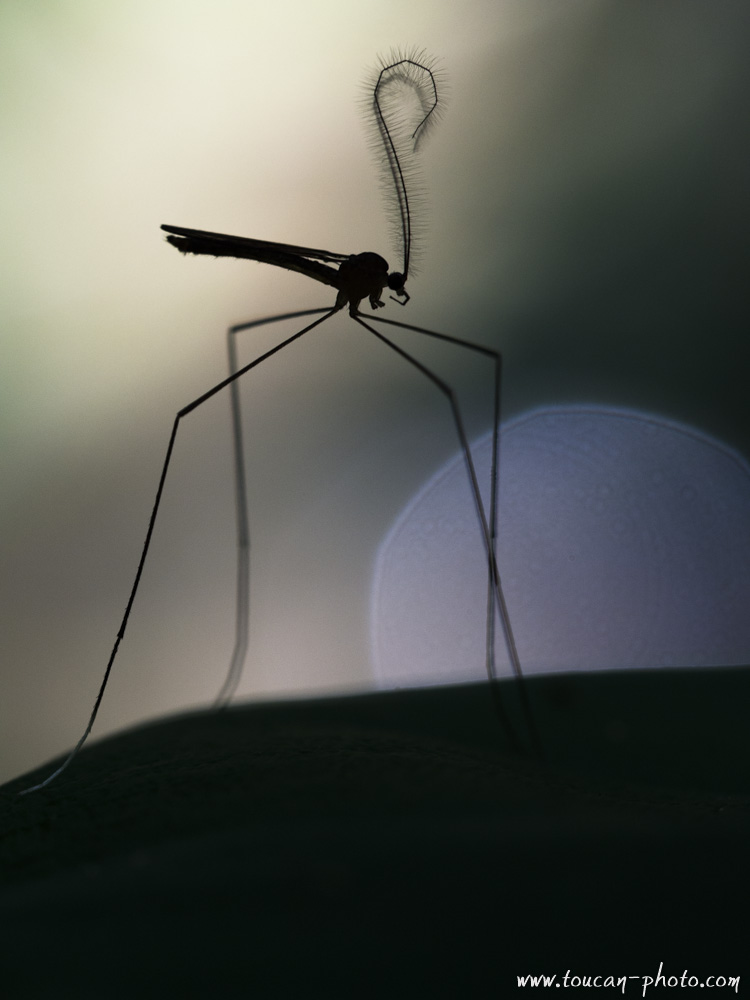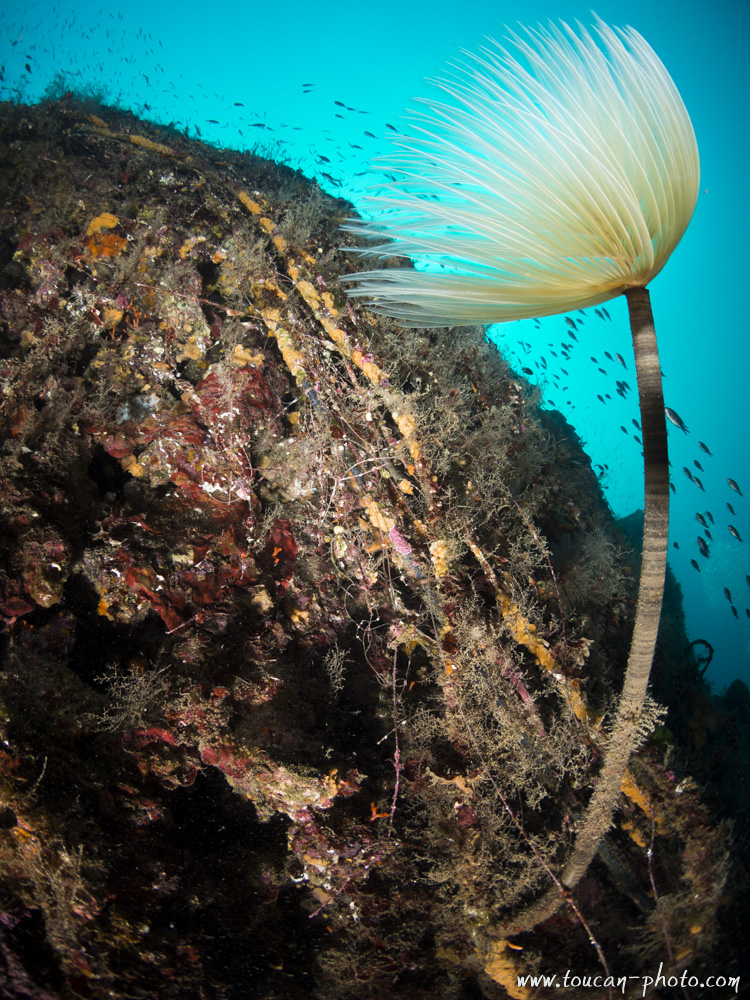
Fallow Deer

Mosquito, Amazonia, Brazil
Is the Mosquito the most dangerous animal living on earth?
Many diseases are transmitted by this insect, such as malaria (with 250 million cases annually, the disease kills more than 900,000 people per year), the yellow fever (affects 200,000 people per year and is fatal to 30 000 people), dengue (the most serious variation strikes 500 000 people per year) …
 Spirographe (Spirographis spallanzani), Mediterranean sea
Spirographe (Spirographis spallanzani), Mediterranean sea
The Spirograph is a sea worm living in the Mediterranean Sea, in the Atlantic Ocean and in the North Sea.
This animal, living and fixed on a rock wall, can be seen up to 40 meters deep in the water. Being able to measure up to 35 centimeters long, this animal deploys from its mouth a feather duster of filaments enabling to catch its food and some air. The stem of this sea flower is in reality a tube made out of mucus and sand by the worm.